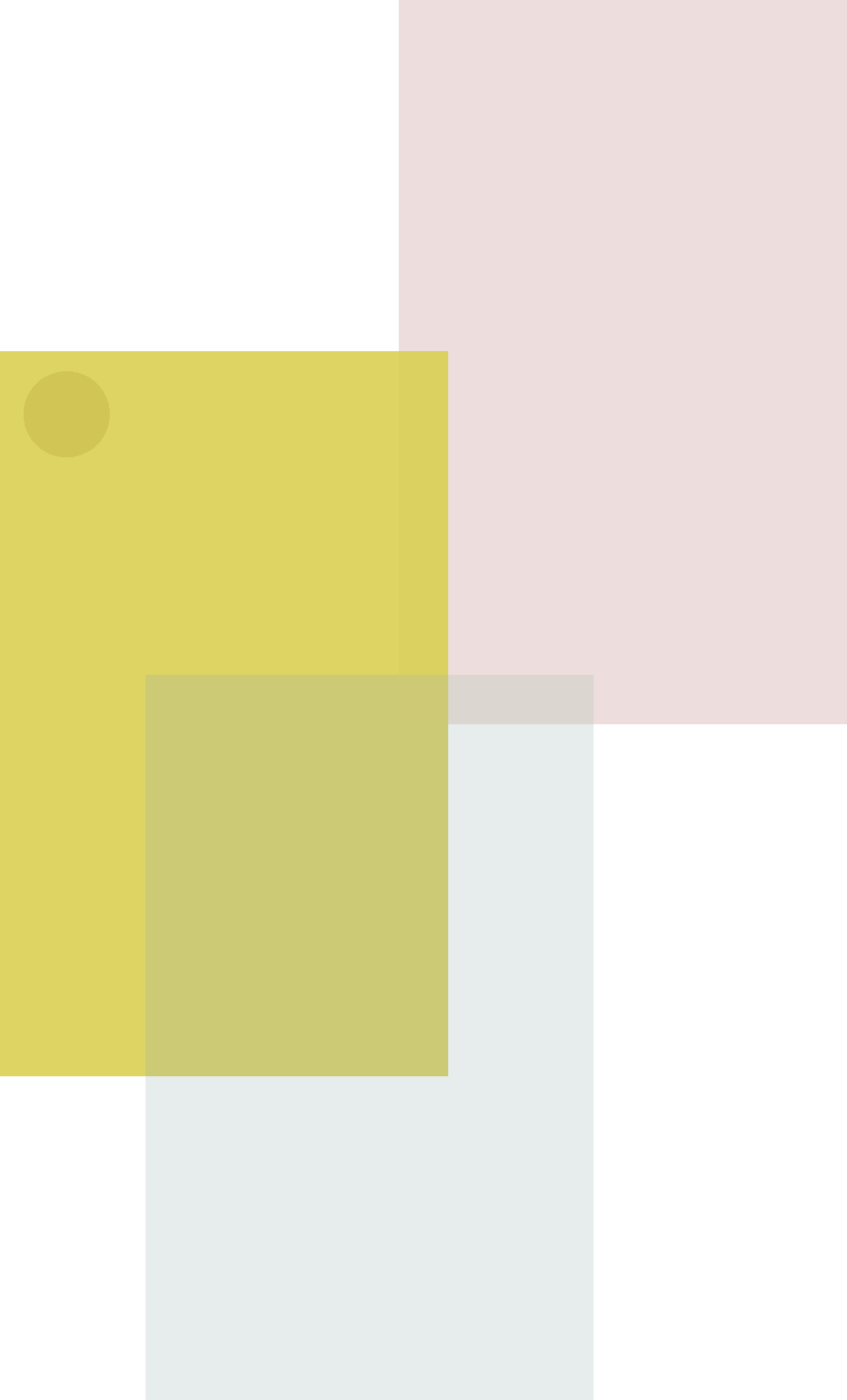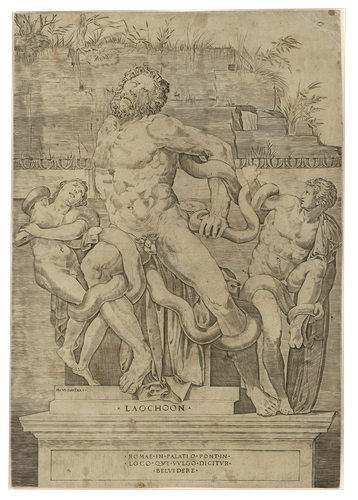
Ancient Sources and New Experiences <
By nature, all good humans have a thirst for knowledge
Leonardo da Vinci
Codex Atlanticus, fol. 327v. Translation: Elizabeth Hughes
In the 15th century, scholars throughout Europe, especially in Italy, sought to raise knowledge of and familiarity with authors from ancient Greece and Rome to a new level. The goal of these humanists was to collect textual sources systematically from widely diverse fields of knowledge and make them accessible through commentaries, translations, and soon through printed editions as well. Encyclopedias such as those by the philologist and mathematician Giorgio Valla (ca. 1447–1499) made previously rare handwritten treatises generally available.
Florence was the first center of this movement, which was celebrated as the rebirth (Rinascita or Rinascimento in Italian, Renaissance in French) of ancient culture. The ideal of antiquity rapidly penetrated and inspired every cultural area, such as literature, architecture, and the visual arts. Parallel to this, the study of ancient traditions also promised resources for solving technical and scientific problems and tasks of contemporary life. Ancient natural scientists such as the Greek mathematicians Archimedes (ca. 287–212 BCE), Ptolemy (ca. 100–160 CE), and Euclid (ca. 300 BCE) were important authorities whose extant works formed a fixed canon. Their achievements also inspired Renaissance scholars in their own research and further observations.
Another canonical work is the Ten Books on Architecture by the Roman architect and engineer Vitruvius (ca. 70 BCE–ca. 15 CE). Its impact can hardly be overestimated and Leonardo da Vinci naturally owned an edition.
A contemporary counterpart are the writings of the philologist, master builder, and art theorist Leon Battista Alberti (1404–1472). His architectural designs, like those for the façade of Santa Maria Novella in Florence, are considered incunabula of Renaissance architecture, while his writings on the genres of architecture, painting, and sculpture laid down the first theoretical basis for the new forms of design. The humanist Alberti was regarded by his contemporaries as a shining example of universal education. He was an inspiration for Leonardo, too, not least for the latter’s own theoretical writings on painting.
Foundations <
 | 39.
Laocoön ca. 1520–1523 |

Two outstanding witnesses, the artist Michelangelo Buonarroti and the papal architect Giuliano da Sangallo, were present when a sensational archeological find of sculptures was excavated in a vineyard on the Esquiline Hill in Rome on January 14, 1506. It was quickly identified as the Laocoön Group of figures extolled by Pliny in his Naturalis Historia (XXXVI, 37) (52 ■). The deadly struggle of the Trojan priest and his sons against two snakes is depicted with extraordinary pathos. Pope Julius II himself secured the exemplary masterpiece for his antiquity collection in the Vatican. It occupied a place of honor in the newly built statue court of the Belvedere, where Leonardo was later able to study it. This engraving by Marco Dente (ca. 1490–1527) is one of the earliest, showing the group without the later additions. While the inscription on the engraving already names the installation site, the ruins of an ancient wall in the background recall the original context of the find.
References
Buranelli, Francesco, Paolo Liverani, and Arnold Nesselrath, eds. 2006. Laocoonte. Alle origini dei Musei Vaticani. Quinto Centenario dei Musei Vaticani, 1506–2006. Exhibition catalogue Musei Vaticani, 18.11.2006–28.2.2007. Rome: L’Erma di Bretschneider.
Luchterhand, Manfred. 2013. “Marco Dente da Ravenna, Laokoon.” In Abgekupfert. Roms Antiken in den Reproduktionsmedien der frühen Neuzeit. Exhibition catalogue Kunstsammlung und Sammlung der Gipsabgüsse, Universität Göttingen, 27.10.2013–16.02.2014, edited by Manfred Luchterhand, Lisa Roemer, Johannes Bergemann, and Daniel Graepler. Petersberg: Imhof, 249–251, no. III.07.
Muth, Susanne, ed. 2017. Laokoon. Auf der Suche nach einem Meisterwerk. Exhibition catalogue Winckelmann-Institut der Humboldt-Universität zu Berlin, 19.10.2016–31.7.2018. Rahden, Westf.: VML Verlag Marie Leidorf.
Schmälzle, Christoph. 2018. Laokoon in der frühen Neuzeit. 2 vols. Frankfurt a. M.: Stroemfeld.









